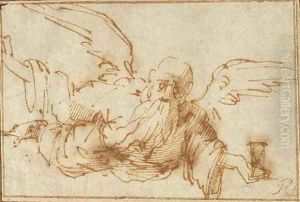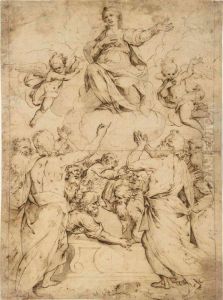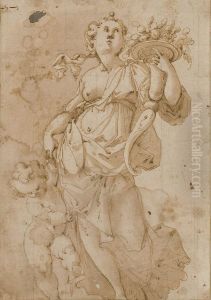Ermenegildo Lodi Paintings
Ermenegildo Lodi was an Italian painter known for his works in the Verismo style, a movement related to Realism that emerged in Italy towards the end of the 19th century. Born on April 11, 1860, in Cremona, Italy, Lodi's early life was immersed in the rich artistic traditions of his homeland, which would greatly influence his later work.
After completing his initial education, Lodi pursued his passion for art and enrolled at the Academy of Fine Arts in Brera, Milan, which was one of the most prestigious art institutions in Italy. There, he studied under the guidance of Giuseppe Bertini, a well-respected artist of the time. Bertini's mentoring helped shape Lodi's technical skills and artistic vision.
Throughout his career, Ermenegildo Lodi focused on capturing the everyday lives of people, emphasizing the authenticity and emotional depth of his subjects rather than idealizing them, which was typical of the Verismo approach. His paintings often showcased scenes of rural life, the working class, and the Italian peasantry, imbuing his work with a sense of realism and empathy towards the struggles of ordinary people.
Lodi's art gained recognition and was exhibited in various shows, including the prestigious Venice Biennale. Despite the acclaim, he remained deeply connected to his roots in Cremona, often depicting the landscapes and people of his native region. His works are characterized by their subtle use of color, attention to detail, and ability to convey the essence of Italian life at the turn of the century.
Ermenegildo Lodi passed away on May 21, 1942, in Cremona. While he may not be as widely known as some of his contemporaries, his contributions to the Verismo movement and Italian art as a whole remain significant. His paintings are part of various collections in Italy and continue to be appreciated for their honest portrayal of life and society during a time of great change in Italy.


